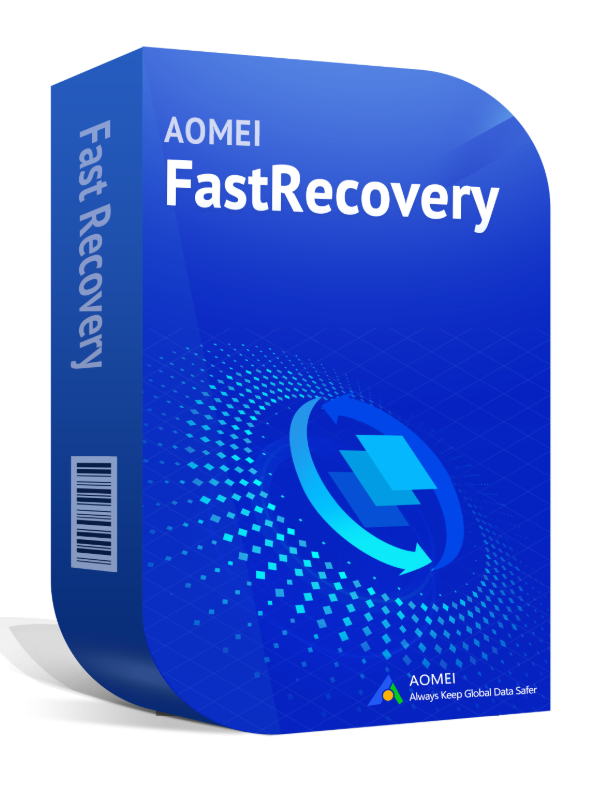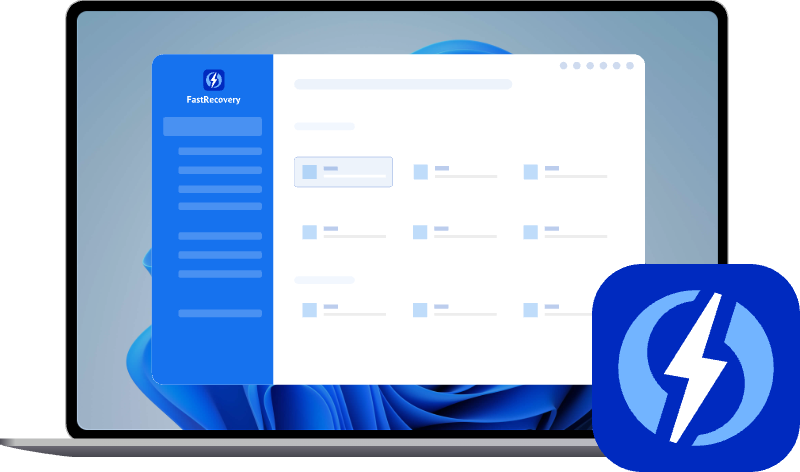How to Access Hard Disk Data without OS? 5 Ways Here!
On this page, you can learn how to access hard disk data without OS. Powerful data recovery software and other methods will help you a lot.
Can I Access Hard Disk Without OS
“Is there a solution for accessing data from a hard disk without the operating system if I've received a computer from a friend but the user password is lost?”
Exploring numerous avenues for extracting data from a non-bootable computer prompts the question: How many strategies exist for accessing data on a hard drive without the need for a Windows operating system? The pursuit of data recovery from an unbootable hard drive necessitates a thorough understanding of methods to access the hard disk without relying on the OS. Discover five effective approaches to effortlessly access hard disk data in the absence of an operating system, ensuring that you can access hard disk data without OS.
How to access hard disk without OS
How to access the hard drive without relying on the operating system, consider the following solution.
Solution 1: Data Recovery from Hard Drive Without OS
A highly effective method to access the hard disk and retrieve data without relying on the Windows operating system involves booting your hard drive from a bootable USB drive.
AOMEI FastRecovery comes is highly recommended for this purpose. It stands out as an optimal choice to seamlessly access and recover data from a hard disk without the need to boot into Windows.
AOMEI FastRecovery facilitates the recovery of data from both a non-responsive hard drive and a PC won’t boot.
Ensure you have a CD/DVD-Recorder and a writable CD/DVD or USB drive. Follow the steps outlined below for a successful data recovery process:
Step 1: Download and install AOMEI FastRecovery. Run it and select "PC Crashed Recovery."
Step 2: Select the preferred method to create the bootable disk based on your requirements and click "Execute."
Step 3: After method selection, an information window will appear, indicating that the USB flash drive requires formatting, resulting in the loss of all its data. If crucial data is present, conduct a file backup before proceeding. Upon confirmation, click "Yes" to continue.
Step 4 The creation operation will start, which typically takes a few minutes.
Step 5: Upon completion, a success message will show up on the screen.
Once you've successfully crafted a bootable USB flash drive or CD/DVD drive, follow these steps to access your unbootable computer:
1. Connect the bootable disk to the unbootable computer.
2. Restart your computer and access the BIOS by consistently pressing F2 or Delete.
3. Within the BIOS, modify the boot order to prioritize the "removable device" (the bootable USB disk) over the hard drive.
4. Save the changes by pressing "F10" and exit the BIOS.
Proceed to utilize AOMEI FastRecovery to initiate the data recovery process from the unbootable hard disk.
Effortlessly recover data from hard disk without OS with AOMEI FastRecovery by following these simple steps:
Step 1: Launch AOMEI FastRecovery. Choose"PC Recovery" this time. Hover the mouse over the drive containing your desired data and initiate the scanning process by clicking Scan.
Step 2: Scan for Deleted or Lost Files. AOMEI FastRecovery will automatically conduct a comprehensive scan of your drive to locate all recoverable data. Utilize the Search Box or the Filter feature to expedite the location of your specific data.
Step 3: Select the files you wish to recover, and proceed by choosing "Recover".

- Versatile Data Loss Scenarios: AOMEI FastRecovery supports a multitude of data loss scenarios, including system crashes, accidental deletion, disk formatting, virus attacks, and more.
- Comprehensive File Format Support: Recover deleted Word, Excel, PPT, photos, videos, audio, emails, compressed files, and over 200 other file types.
- Efficient Scanning Options: The software automatically performs a quick scan or a deep scan to retrieve deleted files. Navigate through the recovered data swiftly using search criteria such as Filename, Size, etc.
- File System Compatibility: AOMEI FastRecovery is compatible with NTFS, FAT32, exFAT, and ReFS file systems, ensuring broad support across Windows 11, 10, 8, 7, and Windows Server PC environments.
Solution 2: Revive the Hard Drive on a Different Computer
In instances where the hard drive fails to boot due to Windows OS corruption, a straightforward remedy is to extract the drive from the nonfunctional computer and link it to an alternative system. If normal access to the hard drive is established, proceed with the backup of essential data stored on the hard drive.
Solution 3: Utilize the Freezer Method
When confronted with a boot failure stemming from a hard drive issue, consider placing the hard drive in a freezer. Surprisingly, this unconventional method has proven effective in revitalizing many nonfunctional hard drives. Although not a permanent fix for a non-bootable hard drive, anecdotal evidence suggests that this approach has succeeded for some users, providing a brief window—approximately 20 minutes—to swiftly copy all the contents from the affected drive.
Solution 4: Command Prompt File Copy
If you possess Windows installation media, leverage it to boot Windows from a bootable disc or USB drive. Access the Windows Command Prompt to utilize the robust robocopy command, facilitating the seamless copying of all folders and files from the designated drive. Execute the following command: robocopy C:\tools D:\backup\tools /e
The /e modifier instructs robocopy to include all subdirectories, encompassing even empty folders. Moreover, robocopy automatically handles the copying of hidden and system files, generating new directories at the target location if they do not already exist.
Solution 5: Hard Drive Contents Viewing
In situations where direct access to the hard drive proves challenging, employ Windows Explorer to peer into its contents effortlessly.
Step 1: Convert the internal hard drive to an external one.
Step 2: Open Windows Explorer.
Step 3: View All Files.
Utilize the intuitive Windows Explorer tool to navigate through the folders on the hard drive. Please note that this method assumes the hard drive is accessible to the computer.
Tips to Prevent Hard Drive Failure
Enhance the longevity of your hard drive and minimize the risk of failure with these practical tips:
- Moderate Usage: Avoid excessive use of your hard drive and shield it from extreme temperatures to prevent premature wear and tear.
- Stable Power Connection: Use your system with a stable power connection.
- Regular Health Check: Keep a close eye on the health of your hard drive. Regular proactive inspections can catch potential problems before they become worse.
- Caution in Software Installation: Please be careful when installing software and do not obtain applications from unreliable or questionable websites.


